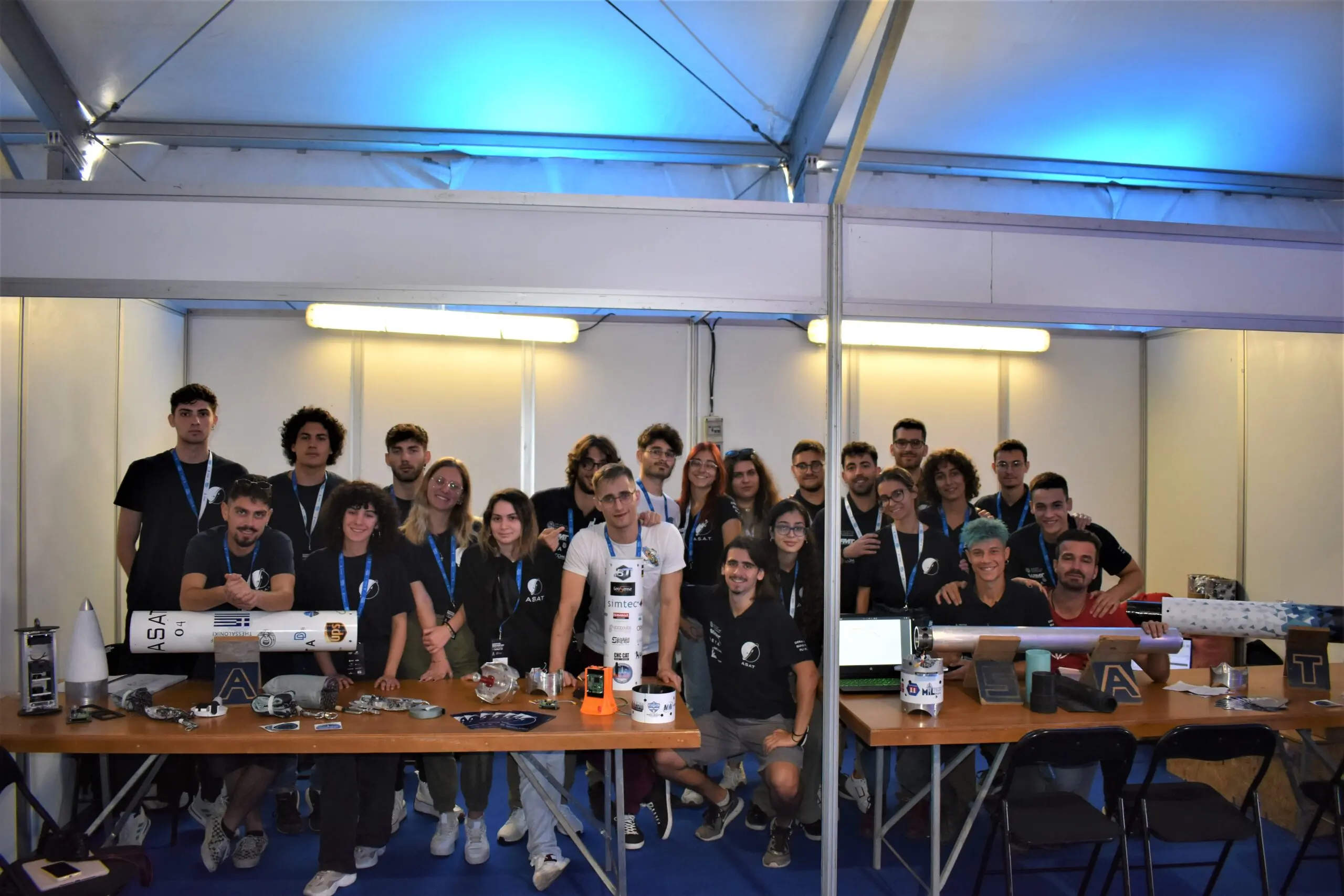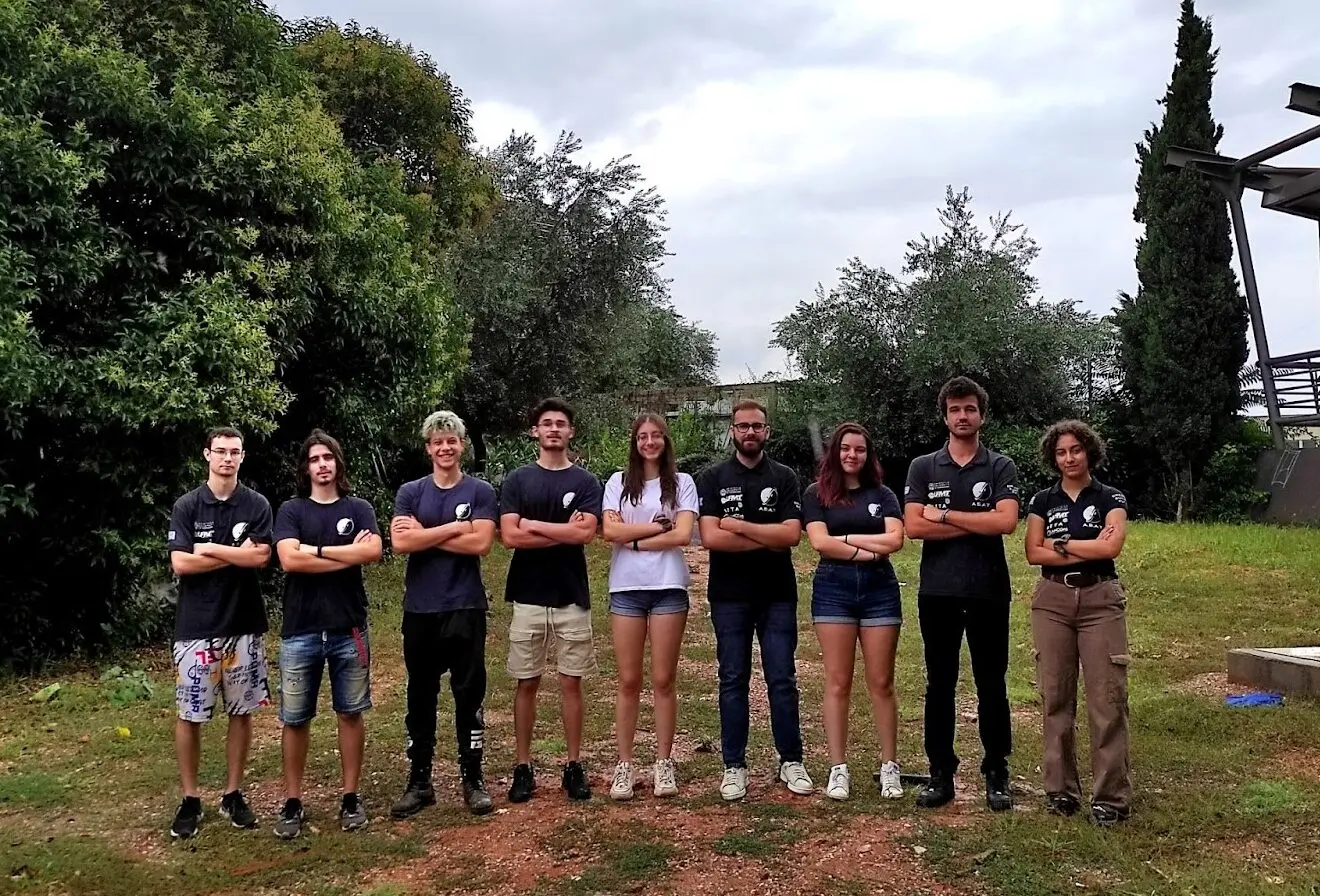The Solar Energy Management (SEM) sub-system of the Aeronautics Project was founded in April 2020 and aims at building the necessary photovoltaic system that will meet the energy requirements of our Solar UAV – Phoenix. It is also responsible for optimizing generated energy from the sun and properly distributing it to the rest of the aircraft’s systems. Another challenging task the sub-system has to overcome is the design of a battery management system that will ensure the aircraft’s effective energy capacity during all stages of flight and is crucial to the aircraft’s energy autonomy.
The members of the sub-system start by performing calculations concerning the daily obtained energy from the sun. The next step is to consider the aircraft’s flight profile and, more specifically, the power requirements for every flight segment. The given energy from the sun is then compared to the energy requirements of every flight segment to determine the needs of the UAV, thus drawing conclusions about issues regarding its energy autonomy, as well as the amount of energy left to charge our batteries during flight. What follows is the implementation of a “smart” charger that optimizes energy obtained from the sun to charge our batteries; this is where the research on MPPT chargers comes to place.

A Maximum Power Point Tracker (MPPT) is an electronic DC to DC converter that optimizes the match between the solar array (PV panels) and the batteries of the aircraft. The charge controller checks the output of the panels and compares it to the battery voltage. It then utilizes a computational algorithm to figure out what the best power that the panel can put out to charge the battery is. Leveraging this information, the device calculates the optimal voltage to get the maximum amount of current into the battery.
For the purpose of this optimization, the use of fast response algorithms is necessary, due to the constant changes in environmental conditions and flight parameters. Attention also needs to be paid to the fluctuations of irradiance and temperature during flight. At the side, there is an I-V and P-V curve of a typical photovoltaic array and its maximum power point (P=IxV) is marked, as well as the maximum power the photovoltaic produced at that point.

The members of the sub-system perform professional simulations using several software tools, thus drawing conclusions for different MPPT algorithms and fast-changing flight conditions. One of the most commonly used algorithms is the Perturb & Observe method, which is also a very simple one. Our team conducted research for the best MPPT method to use for the charge controller, taking into account their complexity, computing power and efficiency. The findings showed that a fuzzy logic controller or a neural networks implementation tend to be the most suitable for the case of a solar powered aircraft’s charge controller.
This particular simulation demonstrates how fast the system converges on the Maximum Power Point for alterations in irradiance values. By changing the values for the irradiance in the environment and keeping the temperature constant at 25° degrees celsius, we aim at simulating different light intensities of the solar light. The response shows how it behaves to sudden changes in radiation, always converging to the point of maximum received power.
To implement one of these algorithms, some computing power element needs to be incorporated into the charging circuit, in order to perform arithmetic, logic, controlling, and input/output (I/O) operations. This is where a microcontroller comes in handy. The SEM sub-system will move on with research to determine which microcontroller would be most suitable for a solar UAV, so that we can get the best out of our charging circuit and optimize the given power from our photovoltaic system.

Nevertheless, all of the above are not enough, because power distribution is another problem needed to be assessed. Every individual aircraft has its own unique energy needs, thus calling for the development of an appropriate supporting power system. Each subsystem consists of elements with different energy requirements, thus creating the need for carefully distributing the power generated by the solar panels.

Finally, it is of major significance that the charging steps of the batteries are followed correctly, as this ensures safety from potential damage. Overcharging, the risk of complete discharge and deviation from the permitted amount of current passing through the battery are only some of the dangers inherent when dealing with the charging processes of rechargeable batteries.
To sum up, research on the UAV’s energy autonomy is necessary to define the crucial stages of the flight. Optimal charging systems, along with taking care of the battery’s correct charging process and the proper distribution of the energy obtained to the rest of the systems embedded in the UAV, must be carefully studied, as accuracy in the results plays an important role in the energy efficiency of the aircraft. Precision, patience and repeated studies are mandatory for the sub-system to achieve its goals.




